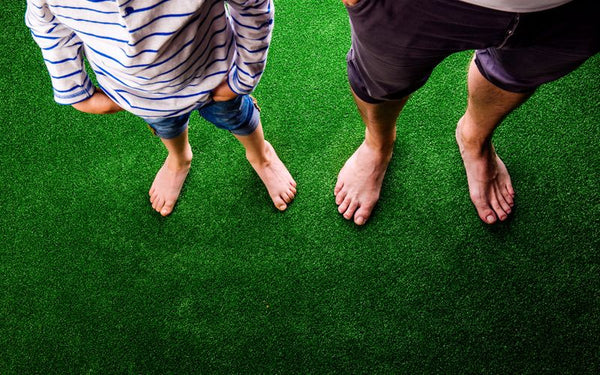It is more cost efficient to have artificial grass in your home than real grass. Having artificial turf on your lawn eliminates the task of having to condition your soil, plant the seeds, watering it regularly, and planting again when some of the seeds won’t grow. The time to complete this process and have beautiful grass in your home is also time-consuming, not to mention that the wait time is too long.
For this reason, the use of synthetic grass has become popular. It has also become more affordable, and it conveniently lets you enjoy a beautiful lawn without the hassle of maintenance that comes when you have to care for natural grass.
However, the use of synthetic grass also comes with a problem. When the weather is too hot, artificial grass can often melt and just like the wilted natural grass, it can be such an eyesore.
Why Does Synthetic Grass Melt?
The melted synthetic grass can often be a problem during summer or very sunny weather. While the heat doesn’t directly cause the grass to melt, the culprit is often the window reflection killing the grass.
The high-quality turf available on the market is usually made from polyethylene. When the sun is too hot and your window glass is treated with shiny and reflective window films, the sunlight is reflected off the surface into the turf. When the temperature increases, the heat reflected might often rise above the melting point of the material used in making the turf, causing it to shrink and eventually melt.
Ways to Prevent Window Reflection Killing the Grass
The window reflection killing the grass is a problem that can be easily resolved. There are a lot of ways that you can do this too. However, the first thing you have to identify is the surface that can reflect intense heat into your artificial turf.
- Cover your windows.
To prevent window reflection killing the grass, one of the easiest methods that you can do is to cover the windows. You can either use window screens or an awning so there will be no direct solar heat on your window. Without the focused heat, there will be no reflection that might melt your synthetic grass.
- Use non-reflective paints.
Using non-reflective paints also helps in keeping your turf from melting. It eliminates the reflective properties of most surfaces in your house that can eventually damage your turf.
- Use a Turf Guard window film.
Not all window films can cause damage to your turf. Some types can help preserve the beauty of your artificial grass, especially those without any reflective properties such as turf guard window films.
For a better way to protect your synthetic turf and prevent window reflection killing the grass, visit our website and find out all about our turf guard window film.










